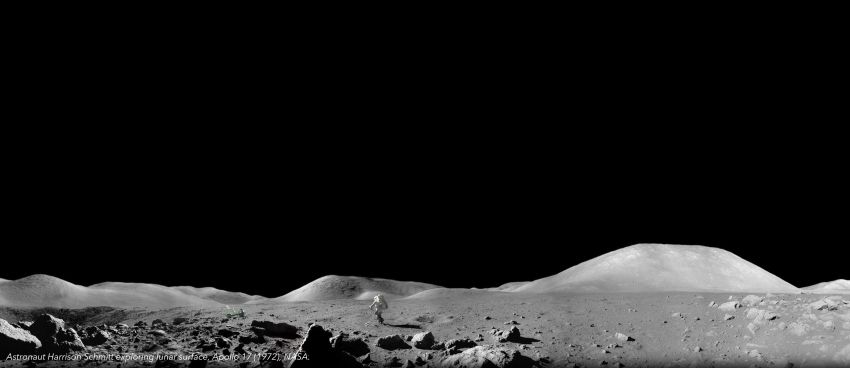2024MSc3WS1
MSc 3 Workshop 1 (24)
FRAMEWORK
Rhizome 1.0 & 2.0 approaches developed in 2021-24 for underground off-Earth habitats on Mars using Design-to-Robotic-Production-Assembly and -Operation (D2RPA&O) methods will be further advanced in Moonshot+ LA&I to demonstrate applicability in Lunar conditions. The aim is to (a) understand whether these approaches are transferable to other environments (b) outline the associated challenges and develop appropriate solutions. In this context, the design takes functional, structural, material, and operational aspects into account. It furthermore, integrates sensor-actuators into the life-support system of the habitat. It takes advantage of Computer Vision (CV) and Human-Robot Collaboration/ Interaction (HRC/ I) at various stages in the construction process.
PRECEDENTS
Several firms have been developing ideas for off-Earth construction such as | Autonomous Additive Construction on Mars by Foster+Partners and | Marsha.
APPROACH
The development of designs for Lunar architecture will be implemented based on user scenarios with students working in groups. They will employ D2RPA&O methods that link design to building production, assembly, and operation processes. While D2RP links design to materialisation by integrating all (from functional and formal to structural) requirements in the design of building components, D2RO integrates environmental requirements as distributed robotic devices embedded into those components that are then assembled in the D2RA phase. Together they establish the framework for robotic construction at building scale. The main consideration is that architecture and building construction will employ building materials and components that can be robotically processed and assembled using in-situ resource utilization.
